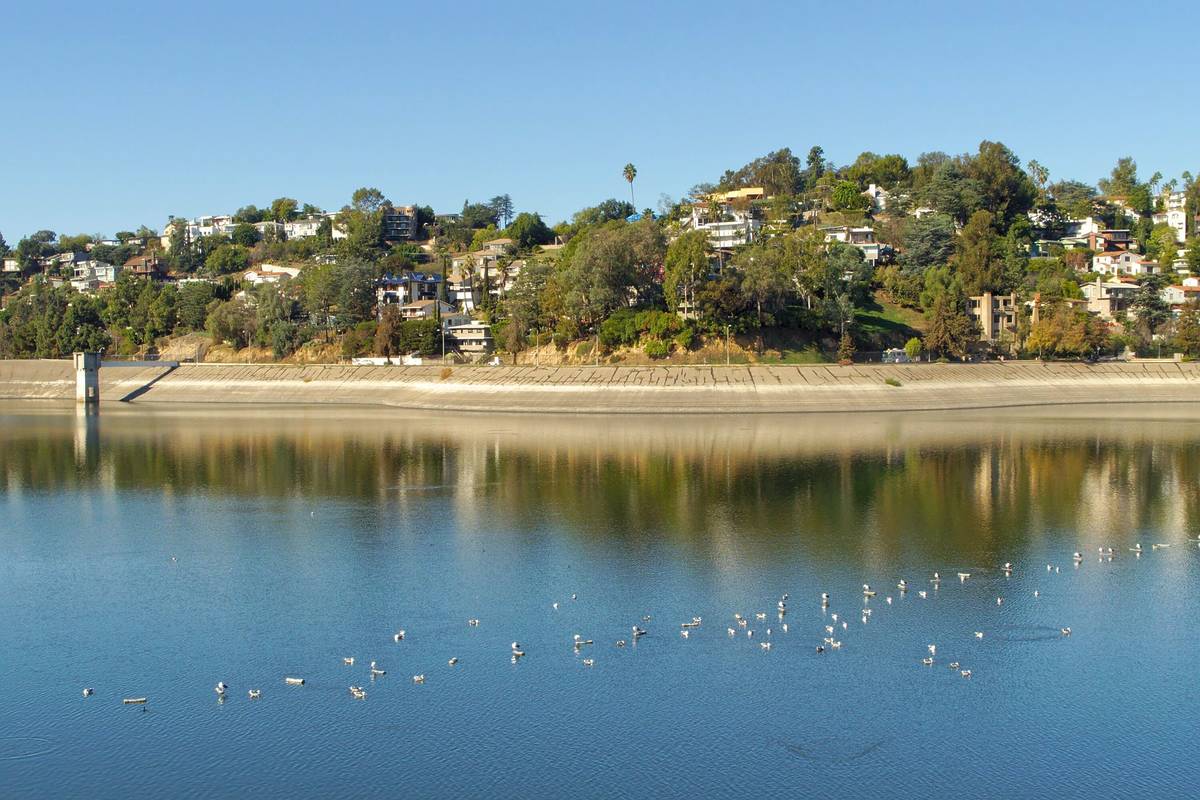Prescribed burns, a deliberate and controlled application of fire to a specific area, have been utilized by wildfire managers and landowners for decades to achieve a variety of ecological, conservation, and safety goals. These burns are carefully planned and executed under specific weather conditions to minimize the risk of uncontrolled spread, ensuring the protection of people, property, and the environment. Here are 10 prescribed burn facts designed to provide insight into the planning, execution, and benefits of these controlled fires, highlighting the steps taken to ensure safe outcomes.
Extensive Planning: Before a prescribed burn is conducted, thorough planning takes place. This includes assessing the area’s fuel load, the condition of the vegetation, and determining the optimal weather conditions under which the burn should occur. Weather conditions, such as humidity levels, wind direction, and speed, are critical in controlling the spread and intensity of the fire. The planning phase also involves identifying escape routes, creating firebreaks, and notifying local residents and fire departments.
Controlled Conditions: Prescribed burns are only carried out under very specific conditions to ensure they remain controlled. This includes certain temperature ranges, humidity levels, and wind speeds. The objective is to create a fire that consumes the desired vegetation without spreading uncontrollably. If the conditions are not favorable, the burn may be postponed. For instance, a prescribed burn might be scheduled for early morning when humidity is higher, reducing the risk of the fire spreading too quickly.
Ecological Benefits: Prescribed burns are not just about reducing fire hazards; they also have significant ecological benefits. Many ecosystems, especially those in fire-prone regions, have evolved to depend on periodic fires to maintain their health. Fires can help recycle nutrients, promote the growth of certain plant species, and maintain the diversity of ecosystems. For example, some species of trees have seeds that are serotinous, meaning they are sealed with a waxy coating that is melted by the heat of a fire, allowing them to germinate.
Reducing Fuel Loads: One of the primary reasons for conducting prescribed burns is to reduce the amount of fuel available for potential wildfires. By regularly burning off underbrush, dead leaves, and other combustible materials, the risk of a catastrophic wildfire is significantly reduced. This is especially important in areas prone to wildfires, where the accumulation of flammable materials over time can lead to devastating consequences.
Promoting Biodiversity: Prescribed burns can be tailored to promote biodiversity within an ecosystem. For instance, by burning in a mosaic pattern, different parts of the landscape are treated at different times, providing a variety of habitats for different species. This approach can help in maintaining a balanced and diverse ecosystem, supporting a wide range of flora and fauna.
Safety Precautions: Safety is paramount during prescribed burns. Firefighters use a variety of techniques to ensure the fire stays within the designated boundaries, including the use of firebreaks and backburning. Backburning involves starting small fires along the inner edge of a firebreak to consume fuel in the path of the main fire, helping to control its spread. Additionally, crews are positioned around the perimeter of the burn area, ready to respond quickly if the fire were to breach the firebreaks.
Community Involvement: Prescribed burns often involve the local community. Residents may be informed in advance of a planned burn, especially if smoke is expected to impact nearby areas. This communication is crucial not only for ensuring safety but also for gaining support for prescribed burn programs. Community involvement can also extend to participation in planning and execution, providing an opportunity for education and awareness about the importance and benefits of prescribed burning.
Air Quality Considerations: One of the considerations in planning a prescribed burn is the potential impact on air quality. Burns are typically scheduled during times when weather conditions will help dissipate smoke, minimizing its impact on populated areas. However, in some cases, prescribed burns can still lead to temporary decreases in air quality, necessitating careful monitoring and communication with affected communities.
Regulatory Frameworks: Prescribed burns are subject to a variety of regulations and guidelines, which vary by jurisdiction. These regulations are designed to ensure that burns are conducted safely and with minimal impact on the environment and neighboring communities. Before conducting a prescribed burn, land managers must often obtain permits and comply with specific requirements regarding notification, smoke management, and fire control measures.
Long-Term Strategy: Prescribed burns are part of a long-term strategy for land management and wildfire risk reduction. They are typically part of an ongoing program that includes other practices, such as mechanical thinning of vegetation and the creation of fire-defensible spaces around homes and communities. By integrating prescribed burns into a comprehensive land management plan, the benefits can be maximized, and the risks associated with wildfires can be significantly reduced.
In conclusion, prescribed burns are a valuable tool in managing landscapes, promoting ecological health, and reducing the risk of uncontrolled wildfires. By understanding the intricacies of planning, execution, and the ecological benefits of prescribed burns, we can better appreciate the role they play in maintaining healthy, resilient ecosystems and protecting our communities from the ever-present threat of wildfires.
What is the main purpose of conducting prescribed burns?
+The main purpose of prescribed burns is to reduce the risk of catastrophic wildfires by removing flammable vegetation, promoting ecological health, and maintaining biodiversity. They are conducted under controlled conditions to minimize risks and ensure safety.
How are prescribed burns planned to ensure they are safe and effective?
+Prescribed burns are planned through a meticulous process that includes assessing the fuel load, determining optimal weather conditions, creating firebreaks, identifying escape routes, and notifying local residents and fire departments. The planning phase ensures that all necessary precautions are taken to control the fire and minimize risks.
What are some of the ecological benefits of prescribed burns?
+Prescribed burns have several ecological benefits, including the promotion of biodiversity, the recycling of nutrients, and the maintenance of ecosystem health. Many plant species depend on periodic fires to germinate, and fires help in controlling the spread of invasive species and diseases. Prescribed burns are tailored to promote these benefits while minimizing harm to the environment.
The integration of prescribed burns into land management strategies reflects a proactive approach to wildfire prevention and ecological conservation. By embracing these practices, we not only reduce the immediate risks associated with wildfires but also contribute to the long-term health and resilience of our ecosystems.



